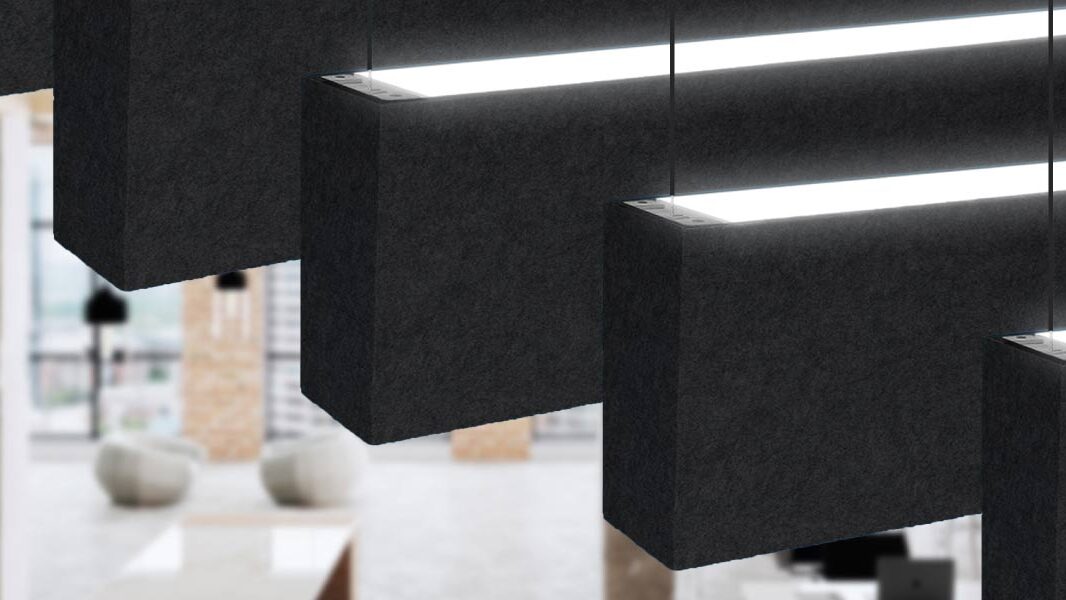Using Indirect Illumination in Commercial and Office Settings
Light from a concealed source diffusely delivered into a defined space is called indirect lighting or indirect illumination. Ceilings often serve as a reflective surface for indirect lighting fixtures.
Indirect illumination is used in many commercial applications but is prevalent in office or educational environments. If done well, indirect lighting can provide a glare-free, energy-efficient, and flexible lighting design option. LED linear lighting is a popular choice used to light these spaces using the ceiling as the reflected surface.
LED light sources enable batwing distribution pattern
Historically, indirect linear lighting used a Lambertian light distribution in the upper hemisphere. This distribution created the comfortable glare-free lighting desired but created hotspots on the ceiling and required the linear runs of fixtures to be installed close together. When LED became the popular light source and manufacturers learned to control the light, they created a more batwing distribution. This batwing-shaped delivery allowed the designers to create indirect lighting without hotspots, spreading the rows farther apart to increase energy efficiency in the space. Batwing delivery is described here by the Lumato Lighting team.
Many designers may use indirect illumination only or pair it with a linear indirect, direct lighting fixture to add some downlighting to the space. Suspended linear light fixtures can also provide indirect lighting when the light is directed up at the ceiling.
Applications for Indirect Lighting
Indirect illumination can be used in various ways to enhance the lighting in a space:
- Ambient Lighting: Indirect illumination can create a soft, diffused ambient light that fills a room without harsh glare. It can be achieved by bouncing light off walls, ceilings, or other surfaces, creating a comfortable and inviting atmosphere. Think of cove lighting in a church cathedral or creating the mood in a lounge, creating a relaxed and cozy ambiance.
- Reducing Shadows: By bouncing light off surfaces, indirect illumination helps minimize harsh shadows. This light redirection can make a space feel more open and less confined, especially in areas with limited natural light.
- Accentuating Architecture or Features: Indirect lighting can highlight architectural details or specific features in a space, such as textured walls, artwork, or decorative elements, by gently washing them with light.
- Task Lighting: While not as direct as focused task lighting, indirect illumination can still provide sufficient light for tasks like reading or working on the computer or printed material.
- Energy Efficiency: Indirect lighting can sometimes be more energy-efficient than direct lighting sources. It utilizes surfaces to bounce and disperse light, potentially reducing the need for additional fixtures.
- Visual Comfort: It reduces glare and harsh contrasts, creating a more visually comfortable environment, which is especially beneficial in spaces where people spend extended periods.
When using indirect illumination in a space, consider the placement of light fixtures, the reflective properties of surfaces (lighter is better), the color temperature of the light, and the overall design goals for the area. It’s often a versatile and effective way to achieve a pleasant and visually appealing atmosphere.

